#John Constable
Explore tagged Tumblr posts
Text

Stonehenge - John Constable
2 notes
·
View notes
Text

Title: Stonehenge Artist: John Constable (English, 1776-1837) Date: 1835 Genre: landscape painting Movement: Romanticism Medium: watercolor Dimensions: 38.7 cm (15.2 in) high x 59.7 cm (23.5 in) wide Location: Victoria & Albert Museum, London, England, UK
#art#art history#John Constable#landscape#landscape painting#Stonehenge#Romanticism#Romantic art#English Romanticism#British art#English art#19th century#19th century art#watercolor#V&A#V&A Museum#Victoria and Albert Museum
42 notes
·
View notes
Text
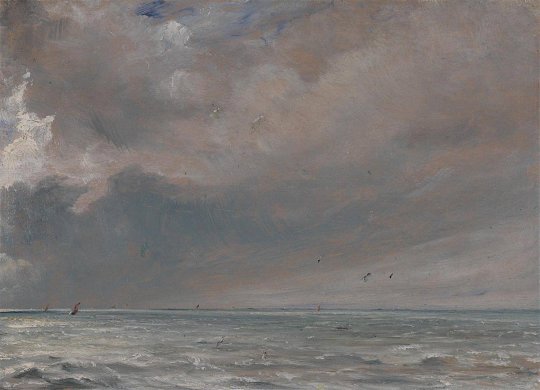
John Constable, The Sea Near Brighton, 1826
76 notes
·
View notes
Text

John Constable, Cloud Study, 1822 by Jurgen Vermaire
#art#john constable#english art#19th century art#romanticism#light academia#classic academia#museum#museum aesthetic#art history#art museum#photography#aesthetic#romantic academia#victorian era#aesthetic academia
7K notes
·
View notes
Text

Landscape with a Double Rainbow (1812) by John Constable
#art#art history#artwork#culture#history#vintage#museums#painting#curators#romanticism#john constable
2K notes
·
View notes
Text

Hadleigh Castle, The Mouth of the Thames - Morning after a Stormy Night (John Constable, 1829)
176 notes
·
View notes
Text

John Constable - View of Gardens at Hampstead, with an Elder Tree (ca. 1821-22)
128 notes
·
View notes
Text
Writing Notes: Using Descriptors
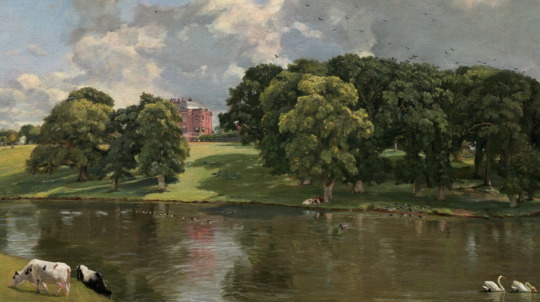
A common pitfall of writing is the overuse of descriptors.
When adjectives and adverbs are used too liberally, it slows down the pace of the narrative.
Example
The young, male soldier nonchalantly stood with his back against the ornately carved wooden fence and angled his head upwards towards the sky, smoking and staring distractedly at the cotton-ball like white clouds that moved westward above the city. From her place at the window two stories above, Melanie vigilantly watched him as he slowly and repeatedly brought his cigarette calmly to his lips, expelling plumes of grey smoke with each measured exhalation. She wasn’t sure why, with so many thousands of private gardens in the city, this strange, unknown, soldier had chosen her garden—with its walls of knotty rhododendrons and the rows of rose bushes, only now coming into beautiful, red bloom, that her mother had planted the year before in an attempt to bring some color into their lives—to smoke in. Her uncertainty made her scared, and she began to feel a cold fear spread throughout her body, from her terrified heart, all the way to her extremities
Compare it to this version
The soldier stood with his back against the fence, smoking and staring distractedly at the clouds that moved westward above the city. From her place at the window, Melanie watched him as he repeatedly brought his cigarette to his lips, expelling plumes of smoke with each exhalation. She wasn’t sure why this soldier had chosen her garden—one of thousands in the city—to smoke in; and, if she was being honest with herself, she was scared.
The second version is easier to read.
The idea of the paragraph is simple, but when you add an abundance of adjectives and adverbs, the result is clumsy and harder to understand.
This is how descriptors slow down the pace of the narrative.
Writing Tip
The ideal paragraph lies somewhere between these two versions.
It’s not as streamlined as the second, but not as over described as the first.
Adjectives and adverbs serve an important function, but you should be skeptical of them.
When you see them in your own writing, ask yourself whether they’re necessary.
Another Example (Written by Jack Kerouac)
Anybody who’s been to Seattle and missed Alaskan Way, the old water front, has missed the point. Here the totem-pole stores, the waters of Puget Sound washing under old piers, the dark gloomy look of ancient warehouses and pier sheds, and the most antique locomotives in America switching boxcars up and down the water front, give a hint, under the pure cloud-mopped, sparking skies of the North-west, of great country to come.
There's an abundance of adjectives, but it seems to work.
This is partly because of the periodic sentence.
The sentence can be collapsed into “Here the totem-pole stores give a hint of great country to come.”
Every other clause is subordinate (or dependent), which naturally speeds up the pace at which it's read.
This is why, in this example, adjectives don’t slow down the pace too much.
Instead, they slow you down just enough to lend a contemplative sense to the vast scene unfolding before Kerouac.
As you see, adjectives and adverbs aren’t necessarily evil words that should be avoided at all costs.
They should, however, be used judiciously.
As you edit your writing, continue to ask yourself whether each sentence really needs its descriptors.
In Summary: Be skeptical of your descriptors, and the pace of your narrative will benefit.
Source ⚜ 100 Sensory Words Writing References: Worldbuilding ⚜ Plot ⚜ Character
#on writing#writing tips#writing advice#writeblr#langblr#writing reference#dark academia#spilled ink#creative writing#light academia#literature#writers on tumblr#poets on tumblr#writing prompt#poetry#john constable#descriptors#description#writing resources
130 notes
·
View notes
Text




John Constable: Cloud studies (1822)
#paint#art#19th century#painting#gallery#art history#romanticism#museum#cloudscape#sky#19th century art#john constable#oil on paper#oil on canvas#oil painting#culture#arts#fine arts#british art
208 notes
·
View notes
Text

Salisbury Cathedral from the Bishop's Grounds by John Constable
#john constable#art#salisbury cathedral#england#medieval#gothic#cathedral#cathedrals#gothic architecture#gothic cathedrals#landscape#english#pastoral#cows#cattle#romantic#romanticism#sky#clouds#trees#architecture#christian#christianity
329 notes
·
View notes
Text

John Constable
62 notes
·
View notes
Text
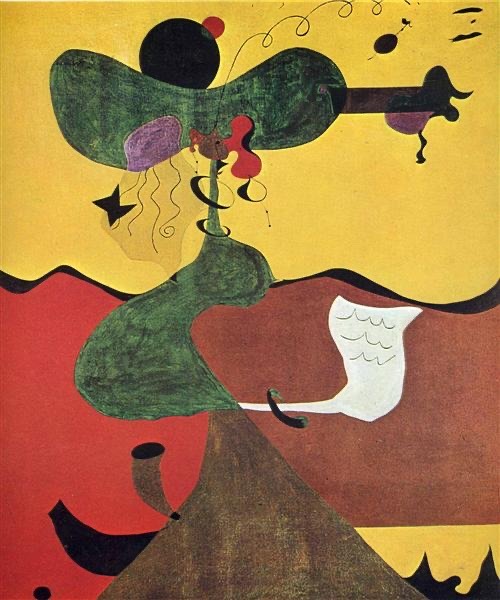
Joan Miro
Portrait of Mrs Mills in 1750 (after Constable)
1929
#joan miro#spanish painter#spanish artist#spanish painting#abstract art#abstract artist#abstract painting#abstract painter#abstraction#abstract#john constable#modern art#art history#aesthetictumblr#tumblraesthetic#tumblrpic#tumblrpictures#tumblr art#aesthetic#beauty#tumblrstyle
179 notes
·
View notes
Text
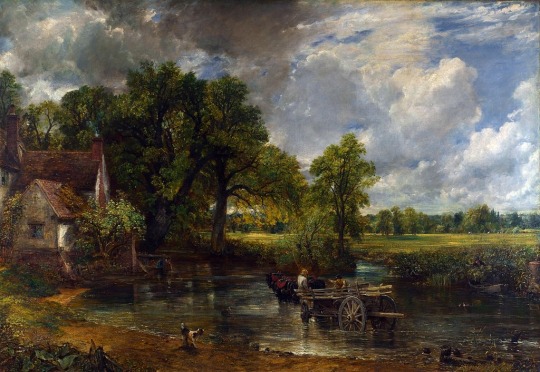
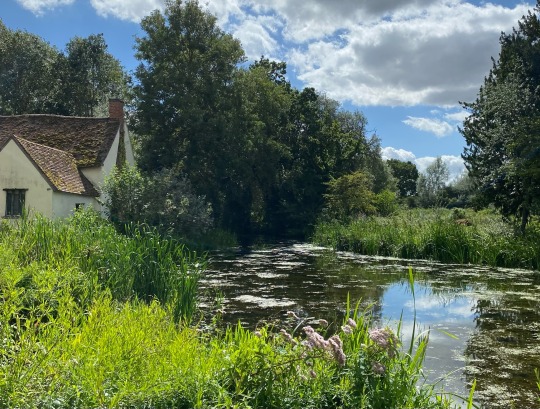
‘the hay wain’ - john constable (1821)
today i visited the scene of this iconic english painting and wanted to share it with you all! remarkably the house looks exactly as it did all those centuries ago, though the landscape has grown wild due to years of being untouched.
#art#art history#curators#culture#museums#English art#england#oil painting#the hay wain#john constable#landscape painting#countryside
705 notes
·
View notes
Text
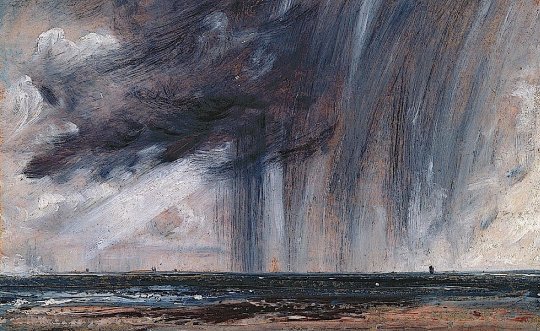
John Constable, Rainstorm Over The Sea, 1824
238 notes
·
View notes
Text
Constable country. Flatford mill. Suffolk.
#artists on tumblr#urbansketchers#drawingonlocation#illustrator on tumblr#art#sketch#illustration#archisketcher#watercolor#sketchbook#directwatercolours2025#john constable#constable#haywain#watercolors#watercolour#painting on paper#paintdirect#plein air#drawing on location#paintings
25 notes
·
View notes
Text

A Church Porch (1810) by John Constable
#art#art history#artwork#culture#history#vintage#museums#painting#romanticism#curators#john constable
78 notes
·
View notes